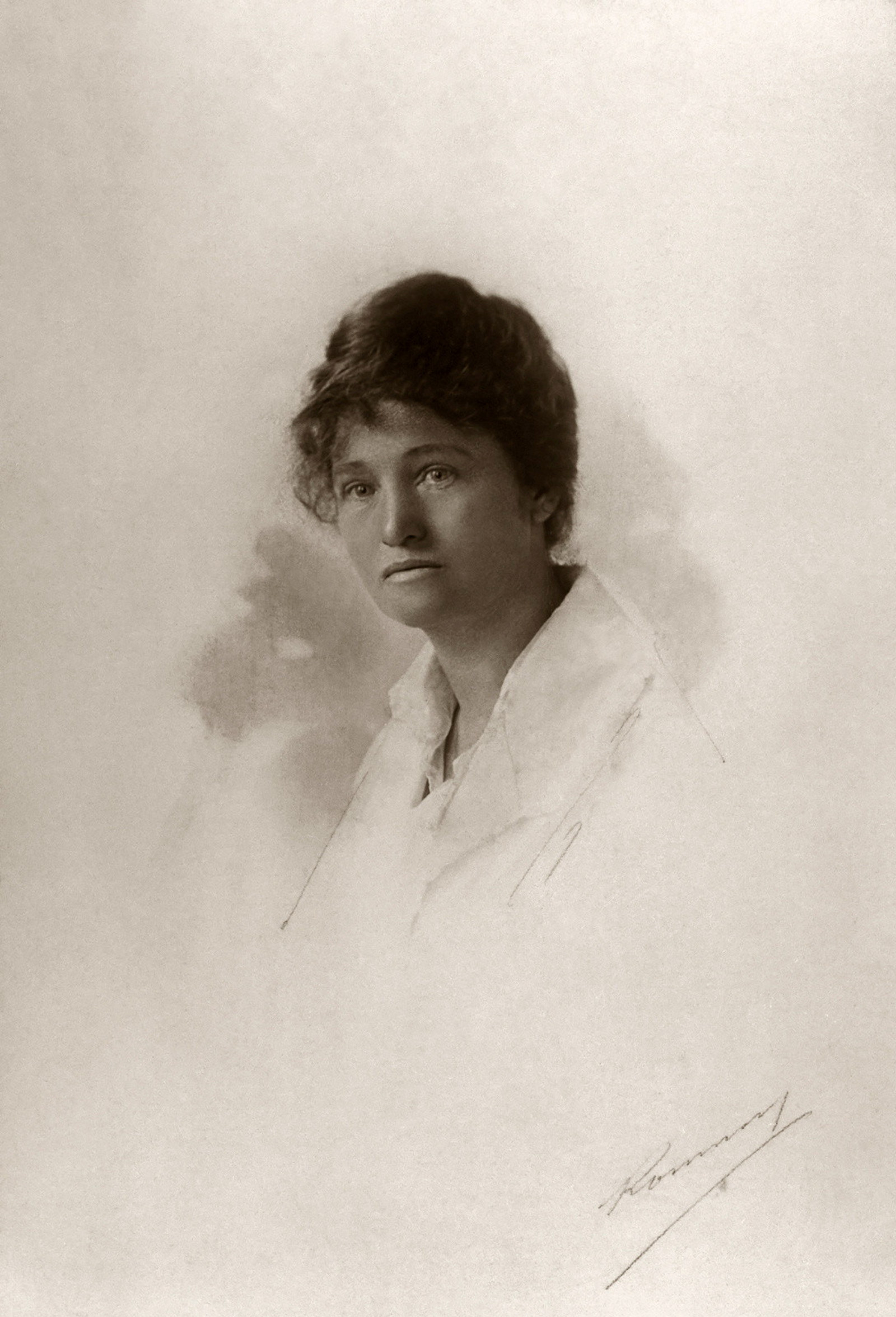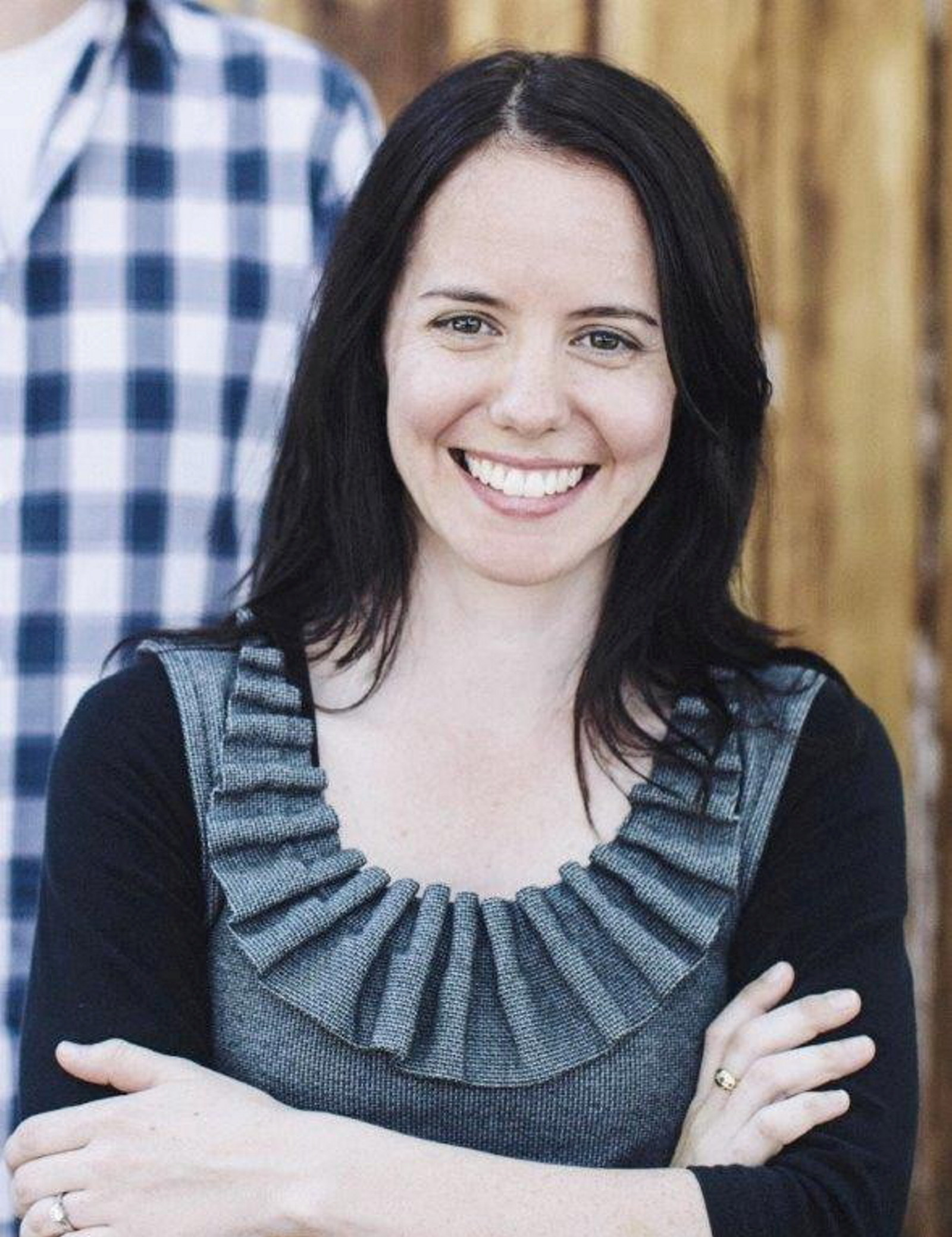Patriotic fundraising
Within days of the declaration of war in August 1914 a vast civilian ‘army’ of voluntary workers began to mobilise to support the war effort. The Australian Red Cross Society was first off the mark, officially launched nationally, with state divisions and local branches, on 13 August 1914 by Lady Helen Munro Ferguson, the activist wife of the governor-general of Australia.
The Red Cross worked to provide hospital comforts and clothing for sick and wounded soldiers. Other organisations, like the NSW Citizens’ War Chest, established in Sydney in August 1914, raised money to support the fit and fighting soldier. The Young Men’s Christian Association (YMCA), on the other hand, was an international body focused on the organisation of comfort and recreation. They conducted writing rooms, clubs and buffets in army camps in Australia and at the front, and organised cinema entertainments, games and competitions.
Hundreds of local funds were established across Australia to support particular causes, including dozens of individual battalion comfort committees. Some funds dealt with specific comforts: the Tanned Sheepskin Clothing Committee provided warm clothing for men in the trenches, while the Travelling Kitchens Fund raised money to equip mobile units designed to serve a hot meal to a soldier at any hour of the day or night. Specific relief committees were formed to raise money to alleviate the distress of Australia’s allies on the war front. The NSW Pastoralists’ Union Fund, for example, contributed consignments of livestock to provide food relief for Belgium and also provided horses for the Australian army’s remount department. The French-Australian League of Help sought to alleviate distress in villages in northern France. There were funds for Belgian babies, and for Polish, Serbian and Montenegrin relief. Some of the funds overlapped. Others struggled to deliver relief to their intended destination. This problem was addressed in August 1916 by the amalgamation of the major state-based patriotic funds into a single national body, the Australian Comforts Fund (ACF).
Special days
At first, money for patriotic funds was donated directly to an organising committee, but as the war progressed the greater part was raised by nominating special ‘days’ for street collections. Belgian Day, held on 15 May 1915, was the first of these special days, raising £100,000 in NSW alone. It was quickly followed by Australia Day (‘For our wounded heroes’ – not to be confused with the current Australia Day held on 26 January), fixed for 30 July 1915.
Australia Day 1915 was a national appeal on behalf of the Australian Red Cross, organised as a patriotic response to the catastrophic losses at Gallipoli and the reports of Australia’s heroic actions in that campaign. In Sydney all business was partly suspended for the day and ‘thousands of lady collectors’ took to the streets appealing for funds. One Sydney newspaper editor later declared that it was:
‘unlikely that Australia Day will ever be wholly forgotten by any who were privileged to take part in that magnificent outburst of giving. […] In the most-frequented spots in city and suburbs the stall-holders, with the aid of many friendly assistants, had erected dainty booths, and in and around these worked thousands of bright-eyed girls – nurses, teachers, and others – selling the various wares and the buttons of the Day. […] Dozens of little cabins and booths, specially constructed, served to display all kinds of goods, from embroideries and laces to potatoes and pickles. […] It seemed as if the whole community had abandoned itself to giving and spending all it had for the sake of the men on service’.1
The day saw £839,500 raised in NSW.
The stallholders and street sellers on these patriotic ‘days’ were overwhelmingly women and girls, just as the volunteer workers who knitted socks and packed parcels of comforts for the troops, in sewing circles and Red Cross branches, were mostly women. Groups such as the Vaucluse Red Cross branch had a regular spot on the corner of Farmer’s department store in Pitt Street which they found most lucrative; they collected a little less money when they were obliged to set up in Martin Place. They assisted at 15 different ‘days’ between May 1915 and November 1918.
For women like Olive and Doris Bridgwater, sisters from the Sydney suburb of Mosman with no close relatives at the front, volunteering their time and energy at successive fundraising events enabled them to ‘do their bit’ for the war effort. Wearing small cloth or paper badges that formalised their role as ‘authorised collectors’ and donning broad-brimmed hats, they regularly ventured into the city with their collection boxes and trays of patriotic trinkets, buttons and badges.
For Belgian Day the sisters were in ‘section no.38’ in the city. Two weeks later they collected at a concert in the Sydney Town Hall organised by the NSW Railway & Tramway Patriotic Display Committee. On Australia Day they were back on the street, assigned to a stall in Macquarie Place near Circular Quay. They were in Martin Place for Allies’ Day on 19 November 1915. They collected on Anzac Day 1916 for the Returned Soldiers’ Association, and on 1 June 1917 they took up their collection boxes in response to the YMCA’s Red Triangle Appeal, raising funds for the recreational and moral welfare of the troops. In 1917, on 14 July, France’s national day, they ventured out again to raise money for French war widows, refugees and orphans. On 28 September 1917 they collected for War Chest Day, and on 30 November 1917 the sisters stood outside the Bon Marche department store in George Street with their Union Jack flags for the British Red Cross ‘Our Day’ appeal.
They turned out on at least six ‘days’ in 1918: Australian Red Cross Day, 26 April 1918; Italian Red Cross Day, 28 June 1918; A.I.F. Memorial Day, 2 August 1918; Homes Day, 13 September 1918; Soldiers’ Dependents’ Day, 11 October 1918; and ACF War Chest Day, 29 November 1918. Homes Day was an initiative of the Voluntary Workers’ Association, an organisation with branches in suburbs and towns across NSW established to build houses for disabled returned soldiers or for soldiers’ widows and families.
Merchandise
The goods sold on stalls on patriotic fundraising days ranged from homemade sweets, home-grown produce and handmade trinkets to a range of small items of merchandise especially manufactured for the occasion. These included celluloid buttons or badges, gilt or silver lapel pins and even small items of patriotic jewellery that could be proudly pinned to a collar, worn as a souvenir of the day and a statement of patriotism. The NSW War Chest committee ran a campaign in 1917 urging people to ‘be a Briton, buy a button’. As well as selling buttons at a range of prices from one shilling to one pound, they also produced a set of 12 stamps that could be used as stickers. The stamp sets, depicting battle scenes, sold for a shilling a set.
After peace was finally declared in November 1918, some patriotic funds continued to operate as a means to finance the design and building of memorials and the maintenance of war graves and to assist war veterans and their families. But for the most part, volunteers relaxed their efforts and wound up their committees in the expectation that World War I had been the ‘war to end all wars’. Some of these voluntary organisations would be re-established in the early months of World War II to support a whole new generation of soldiers and their dependants.
Footnotes
1. Quoted in Ernest Scott, Australia during the war, The official history of Australia in the war of 1914–1918, Vol XI, Sydney, 1941, pp729–30.
More

WW1
Isabel Swann: the Women’s Peace Army & free speech
An ardent peace activist, an anti-conscription campaigner and defender of free speech
Published on
